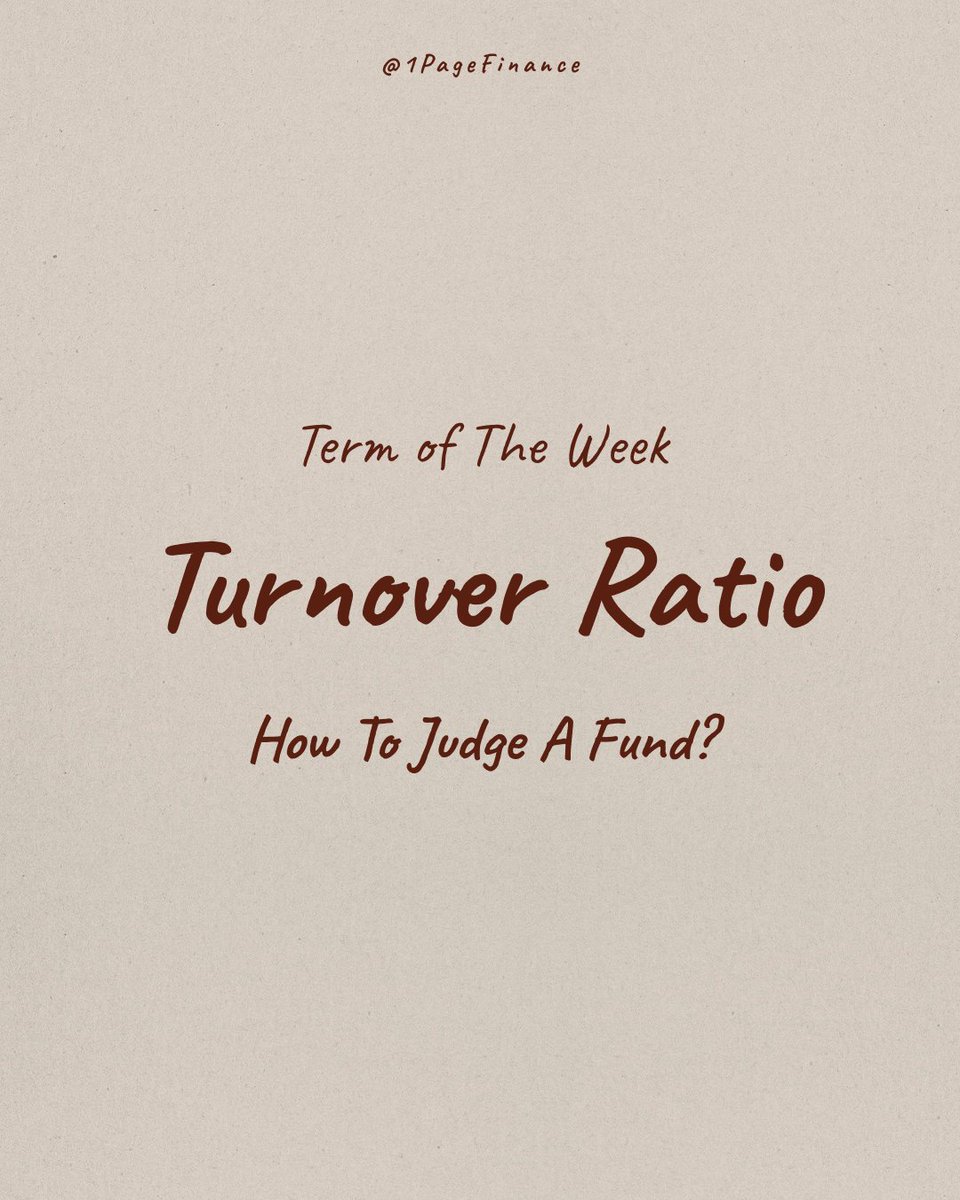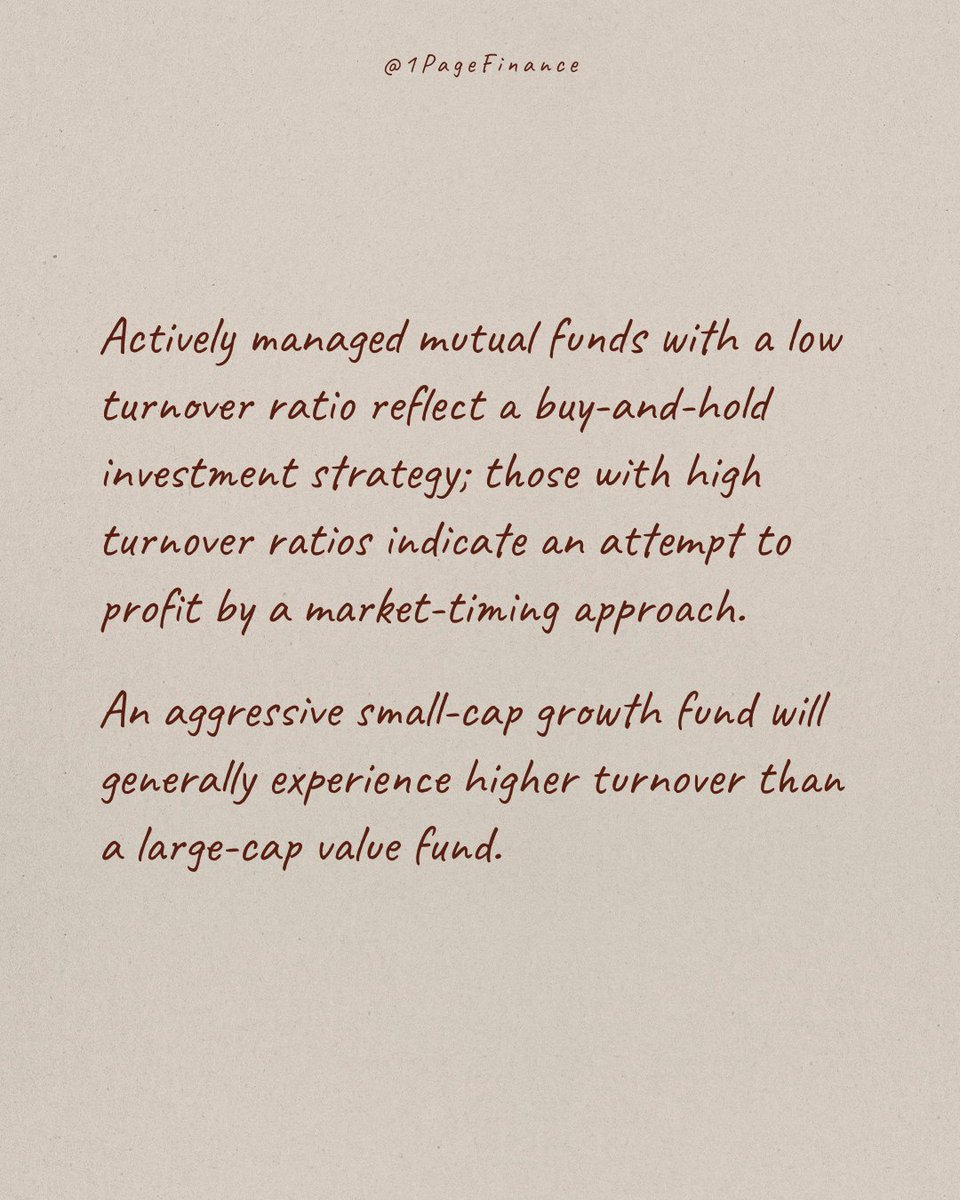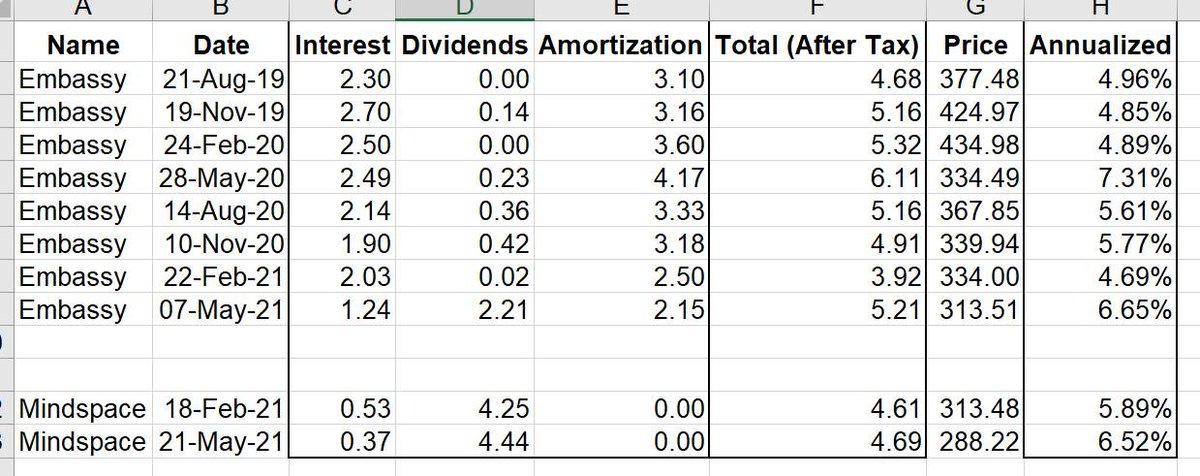
Term of The Week.
Rolling Return 😵💫
A Thread 🧵
There are several types of returns to get an idea about stocks or funds. The most widely used around the financial world is trailing returns.
1/10
Rolling Return 😵💫
A Thread 🧵
There are several types of returns to get an idea about stocks or funds. The most widely used around the financial world is trailing returns.
1/10
While it is good to glance at trailing returns, that is a point to point return, it does not actually give the idea about what an investor has experienced over time. 2/10
Rolling returns are the most underrated types of returns, it is useful for examining the behaviour of returns for holding periods, similar to those actually experienced by investors.
3/10
3/10
Rolling returns can provide a more accurate picture for an investor than a single snapshot of one period.
4/10
4/10
Rolling returns highlight the frequency and magnitude of an investment's stronger and poorer periods of performance.
It gives a better idea about the fund's more comprehensive return history, not overshadowed by the most recent data.
5/10
It gives a better idea about the fund's more comprehensive return history, not overshadowed by the most recent data.
5/10
A rolling return is the average of a series of returns over a long period of time. Here is the simple representation of data point.
6/10
6/10
Data points of 5 year rolling returns of Nifty. (Reg. fund)
• 27 August 2013 -> 27 August 2018 ->24.62%
• 28 August 2013 -> 28 August 2018 -> 24.34%
• 29 August 2013 -> 29 August 2018 -> 24.19%
.
.
.
• 02 August 2016 -> 02 August 2021 -> 14.54%
7/10
• 27 August 2013 -> 27 August 2018 ->24.62%
• 28 August 2013 -> 28 August 2018 -> 24.34%
• 29 August 2013 -> 29 August 2018 -> 24.19%
.
.
.
• 02 August 2016 -> 02 August 2021 -> 14.54%
7/10
Analyzing rolling returns could demonstrate annual performance not simply starting Jan-1 and ending Dec-31 but also beginning Feb-1 and ending Jan-31 of the next year, then March-1 through Feb-28 of the next year, and so on.
9/10
9/10
A 10-year rolling return could highlight an investment’s best and worst decades in this form.
10/10
10/10
Few sites to compare rolling returns of mutual funds 👇
https://twitter.com/1PageFinance/status/1424789638560948226
If you found it useful, please re-tweet the first tweet below 👇
https://twitter.com/1PageFinance/status/1424784971286286337
• • •
Missing some Tweet in this thread? You can try to
force a refresh




























